Making it easy for the students in your class to make friends benefits everyone. From fewer controversies and conflicts in the classroom to better social and educational outcomes, there are many positive reasons for fostering friendships in the classroom. Avoiding negative labeling, making educational game and book choices, and even setting up your classroom the right way can help students develop friendships that will last the school year and beyond.
4 Ways to Encourage the Development of Friendships at School
There will always be a variety of personalities in a classroom full of students, but helping individuals to form positive relationships is easier if you plan ahead and practice the right things inside and outside of the classroom space.
Positive Labeling
Healthy friendships and the ability to form positive relationships with other students begin before the elementary school years. Foundational social skills and the ability to recognize those skills in others begin in early childhood. Negative labels also may make it more difficult for kids to make friends; students may not want to play with the “troublemaker”, the “behavior problem,” or the “bad” kid in class. Positive labeling ensures that students are not given a negative label to live up to and that other kids aren’t discouraged from interacting with them.
Positive Curriculum Choices
The books you read and the stories you study can help foster friendships. Choosing books, games, and programs with positive and supportive messages can help model this behavior for the kids in your class. Activities and games that model cooperation and support for others can help these attitudes spill over into friendships. The positive behaviors modeled can also provide valuable opportunities for talking out problems and for learning to get along with others.
Create a Respectful Learning Environment
Every classroom has a diverse range of abilities, personalities, and preferences. Learning more about the individuals in your class can help foster friendships. Kids will learn more about their similarities and develop a connection with their peers when you incorporate activities that promote sharing “about me” information. A classroom that is not tolerant of bullying and that rewards supportive behavior can go a long way toward building lasting friendships.
Make Physical Changes to the Room Set Up
Rotating seat assignments, changing responsibilities and roles, and physically changing the room configuration ensures that kids have the opportunity to learn and work with others. While recess and other unstructured times give students the chance to self-select their preferred groups, changes in the seating pattern can help kids who have not had the opportunity to get to know one another connect simply through proximity.
More Classroom Management Ideas & Inspiration
Whether it’s encouraging the development of positive character traits or helping students to learn time management, you’ll find inspiration on the Classroom Management category page. Read up and set yourself and your students up to have the best year yet.
Read More: Classroom Management

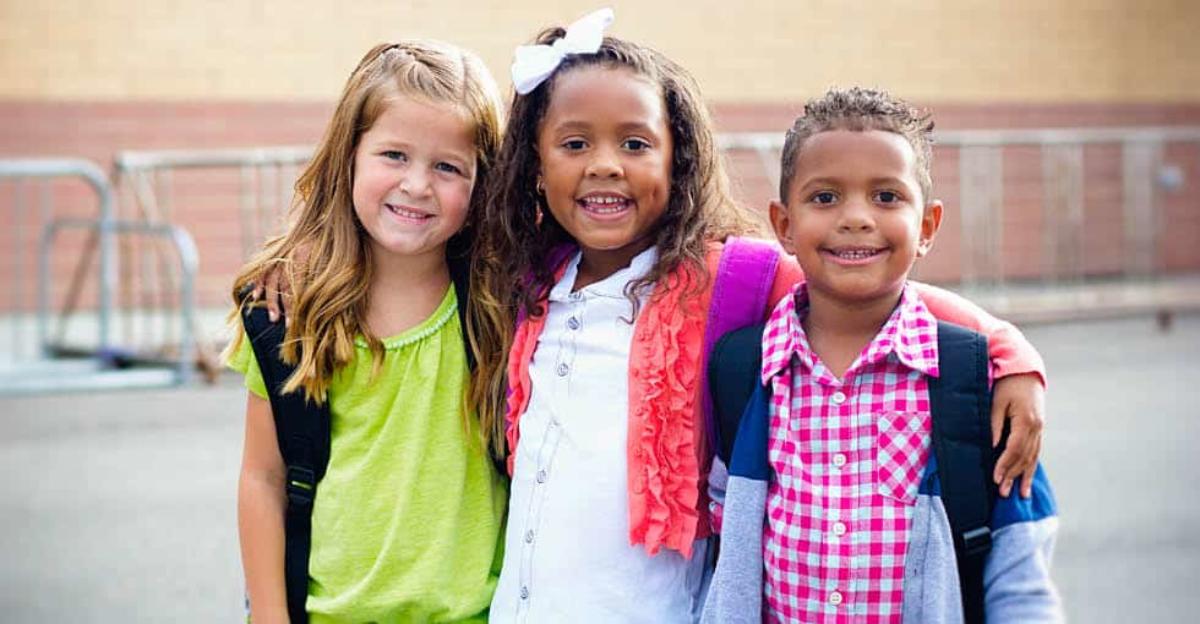
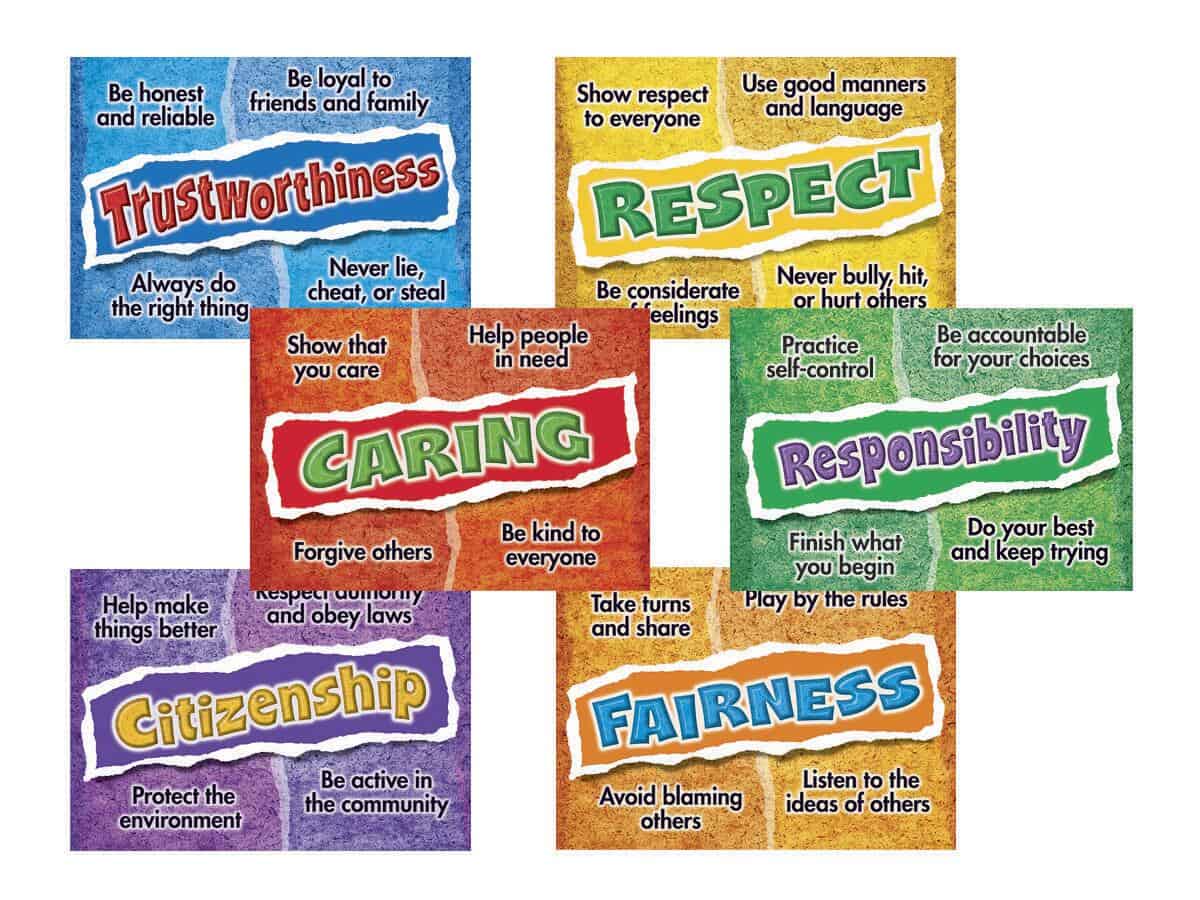
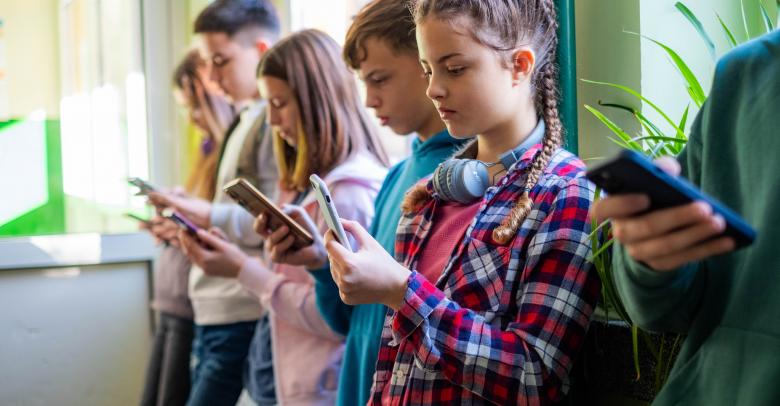

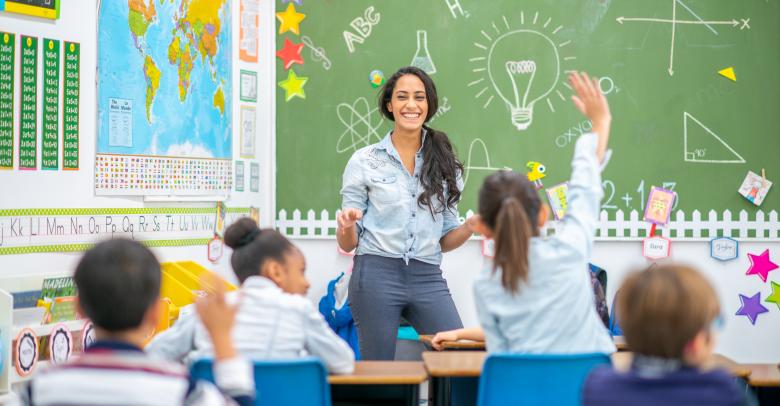
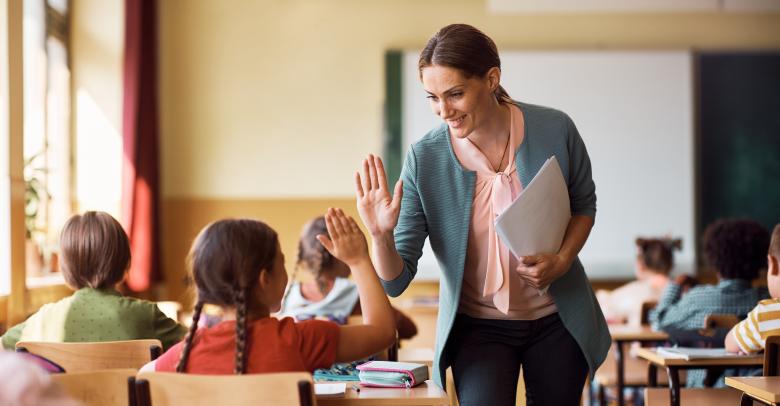
Leave a Reply